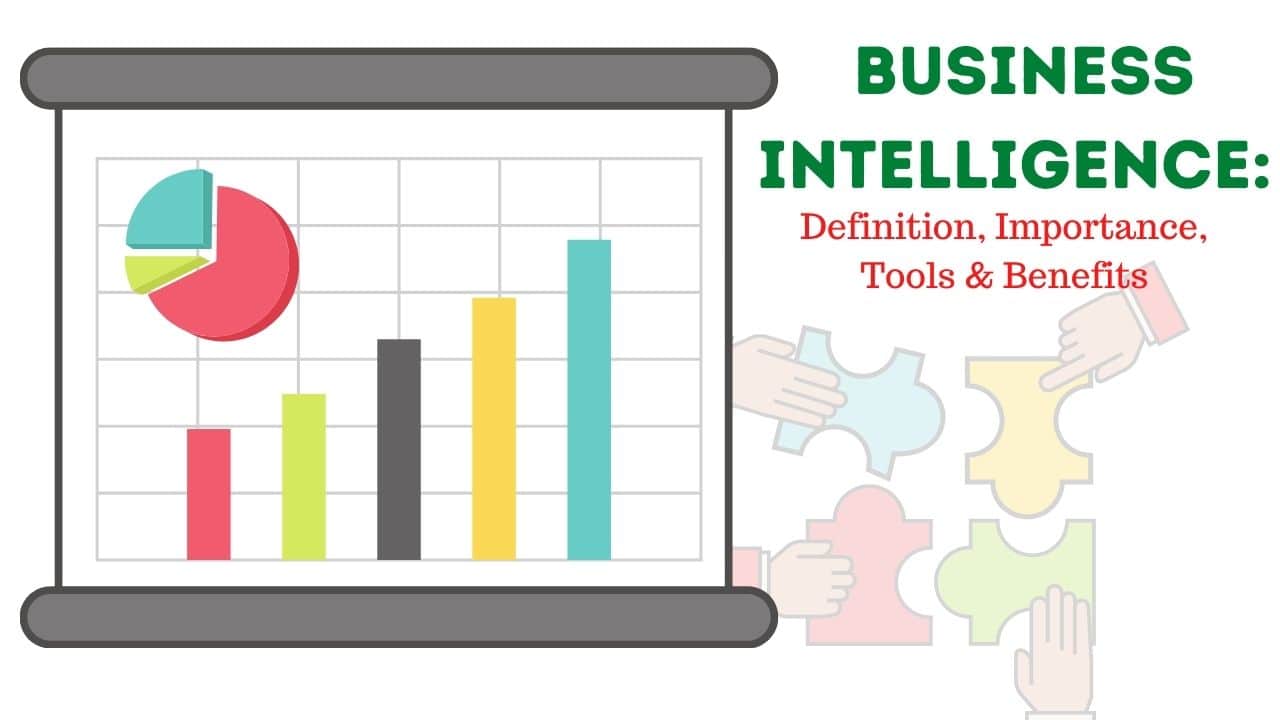Six Sigma is a quality management strategy that attempts to improve processes and decrease defects. It can be applied at all levels of the organization, including the boardroom, the mailroom, and everywhere in between.
The Six Sigma strategy starts by identifying the key areas in which the company is losing money. It then seeks to address these problems through a series of detailed analyses called ‘root cause analysis.
In RCA training, you will learn six widely used RCA tools that can help you perform your root cause analysis optimally.
Fishbone Diagram
According to reports, the global problem management software market is expected to generate around $3,500 million by the end of 2026.
A fishbone diagram is also called an Ishikawa Diagram. This tool helps you identify the possible causes by asking ‘why’ multiple times, narrowing down the issue using root cause analysis.
The tool works by first identifying the problem or opportunity. You then identify what could have caused it and why that could have happened. In this way, you build a ‘fishbone’ shaped diagram consisting of many interlocking reasons for the issue.
A fishbone diagram is an excellent place to start root cause analysis as it helps you brainstorm possible causes of a problem.
5 Whys
The 5 ‘Whys’ is another brainstorming tool that helps you identify possible causes behind an issue by asking ‘why’ until you have a satisfactory answer.
The technique can be applied to almost anything – from a manufacturing process that isn’t working to a person being late for work or a customer complaint.
In the 5 ‘Whys,’ you start by asking the first ‘why’ question – why did a process fail? After obtaining a satisfactory answer, ask a second ‘why?’ – why did the first possible cause happen? Continue this pattern until you have an acceptable answer or have asked five consecutive questions.
The 5 Whys is a simple root cause analysis technique that can help effectively identify the factors behind any problem.
Cause & Effect Matrix
The matrix is similar to a fishbone diagram, but it only lists the possible causes in two dimensions.
The left-hand side shows all possible causes, and the top shows how serious each cause is, with the most severe causes listed at the top. The causes are then weighted against one another to identify where you should start.
If Problem A is twice as important as Problem B, you should start with finding the root causes of Problem A before moving on to Problem B. This matrix can make RCA much more systematic and efficient.
Pareto Chart
A Pareto Chart is a table that orders items from most significant to least significant, based on occurrences or financial value. A Pareto Chart is used as part of an RCA training process to identify the root causes of the most significant benefit.
The technique works by first identifying the most significant problems. Next, the other analysis tools like a fishbone diagram to determine why these issues are the biggest can be used to come up with a final answer. You can then identify whether they have a common cause that was overlooked.
Control Charts
A Control Chart is a quality management tool that helps you to monitor how well processes such as manufacturing or IT are working. It provides a visual representation of performance data that Six Sigma experts can interpret.
Control charts are an excellent way to monitor processes and use the data as part of your root cause analysis. It is because they can show you whether a problem is random or systematic, allowing you to focus your efforts on solving the root cause.
Scatter Diagram
A scatter diagram is a tool that provides more information about the relationship between two variables. For example, following an RCA, you might suspect that there’s a link between machine fault and product rejection – if so, you can use this technique to investigate further.
The horizontal axis shows the independent variable, usually time, in a scatter diagram, while the vertical axis shows the dependent variable. You then draw a curve that best represents how the data appears to relate to each other – often in an S-shaped pattern.
These are a few tools you will explore in RCA training. By using these effective tools to analyze an issue or get to the root of a problem in the business process, you can effectively reduce various issues and optimize the output of your business process.






